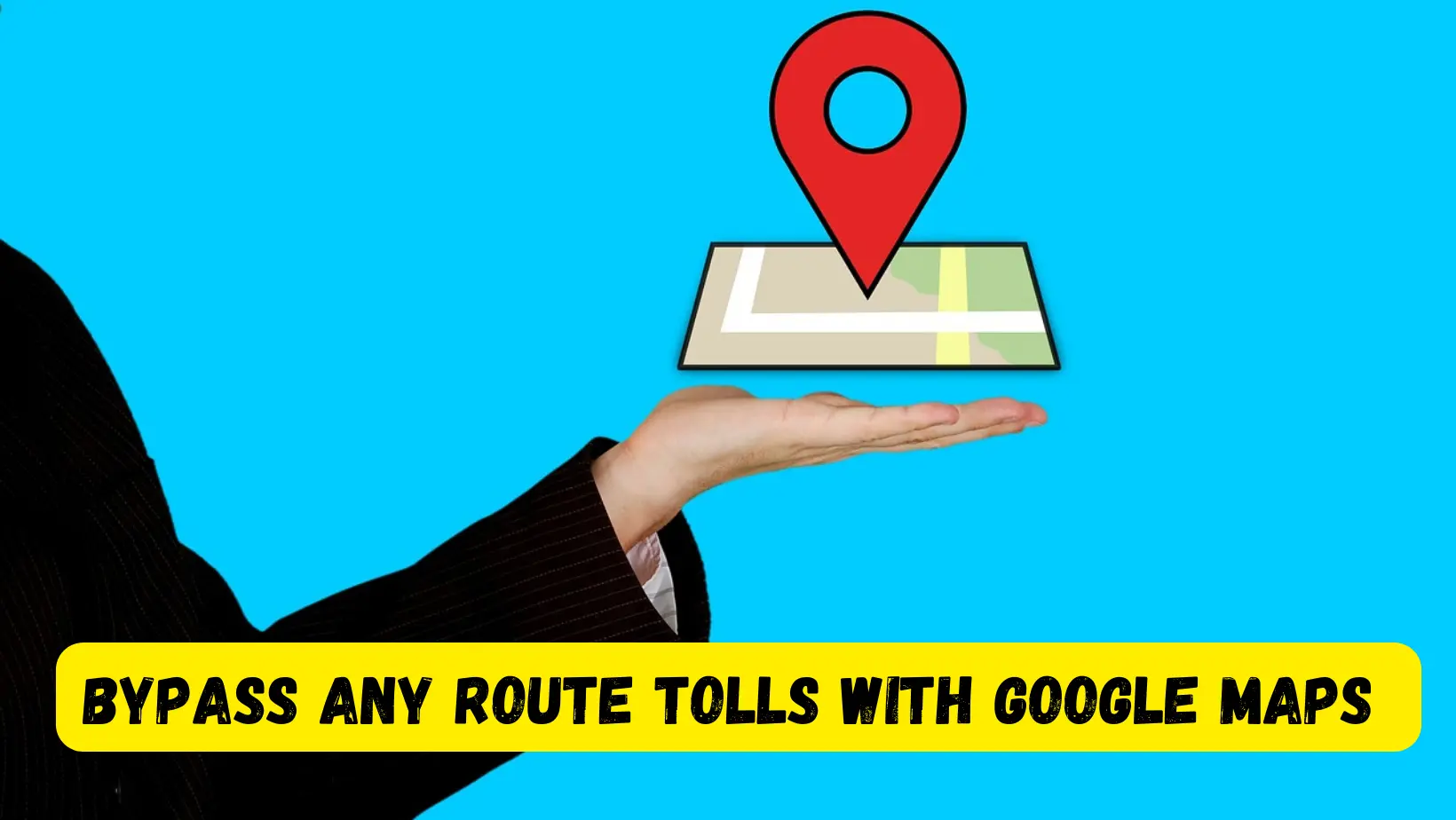Bypassing Route Tolls with Google Maps 2024: Exploring Benefits and Drawbacks
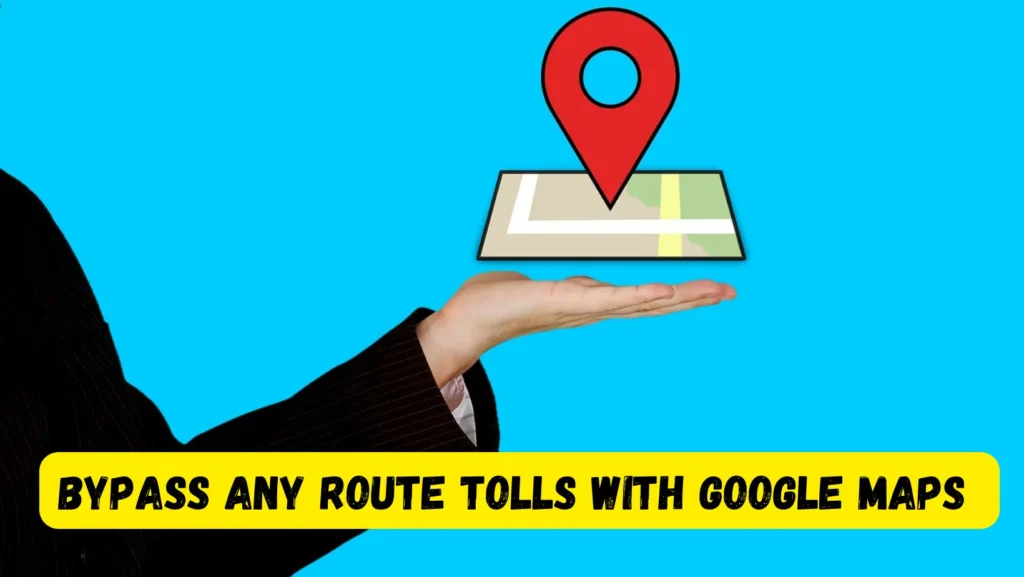
In today’s fast-paced world, navigating through traffic successfully even as minimizing expenses has end up increasingly more essential. With the advancement of technology, gear like Google Maps have made it less complicated than ever to skip toll routes, providing users with alternative paths to their destinations. In this article, we’re going to delve into the benefits and drawbacks of bypassing route tolls with Google Maps in 2024.
Here Is how you Bypassing Route Tolls with Google Maps
Definition and Purpose
Bypassing route tolls with Google Maps includes the usage of the navigation app to find opportunity routes that keep away from toll roads. The primary reason is to save money on toll fees whilst still achieving the destination in a timely way.
Evolution of Navigation Technology
Navigation generation has come an extended manner, from conventional paper maps to sophisticated GPS-primarily based apps like Google Maps. With real-time traffic updates and route optimization capabilities, users can navigate more effectively and make informed decisions on the street.
Benefits of Bypassing Route Tolls
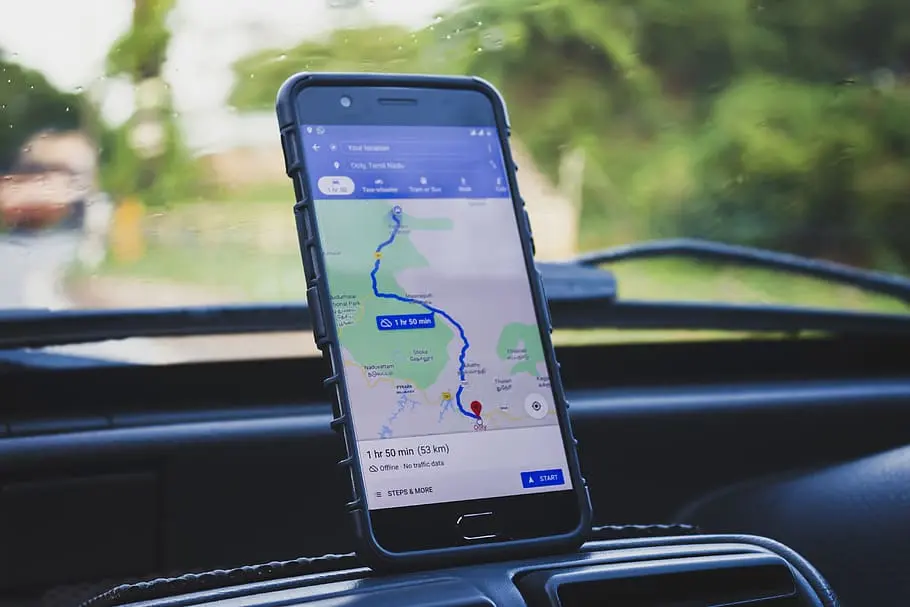
Cost Savings
One of the huge advantages of bypassing route tolls is the cost savings. By warding off toll roads, users can shop money on toll prices, that may upload up over the years, specifically for common vacationers.
Time Efficiency
In addition to price financial savings, bypassing route tolls also can save time. Toll roads may also enjoy congestion for the duration of peak hours, main to delays. By taking alternative routes suggested via Google Maps, users can potentially reach their locations quicker, especially at some stage in heavy visitors durations.
Reduced Stress
Navigating via heavy visitors or encountering surprising toll cubicles can be stressful for drivers. By bypassing path tolls with Google Maps, drivers can revel in a greater relaxed and trouble-loose driving revel in, understanding that they’re fending off ability delays and costs.
Pros of Using Google Maps for Toll Bypass
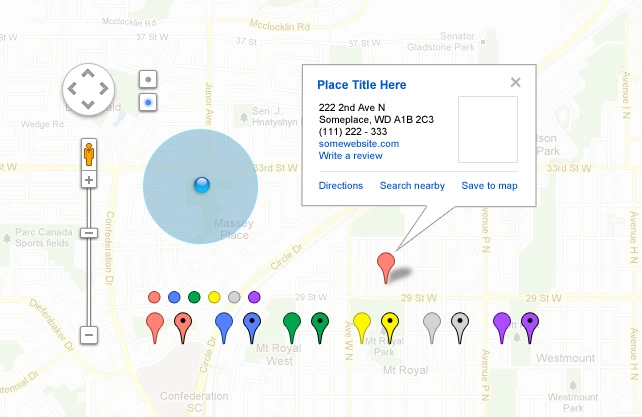
User-Friendly Interface
Google Maps gives a user-friendly interface that makes it smooth for customers to navigate and discover alternative routes. With intuitive controls and clean guidelines, users can fast access toll bypass options and customize their navigation choices.
Real-Time Traffic Updates
One of the standout features of Google Maps is its actual-time traffic updates. The app offers users with up to date information on site visitors conditions, injuries, and avenue closures, allowing them to make informed choices and pick the quickest course to their destination.
Alternative Route Suggestions
Google Maps analyzes traffic records and suggests opportunity routes that keep away from toll roads based totally on current situations. Users can view multiple route alternatives and pick the one that best suits their preferences, whether or not it is prioritizing time, cost, or distance.
Cons of Using Google Maps for Toll Bypass
Data Consumption
Using Google Maps for navigation requires a steady net connection and can devour massive data, specially while having access to actual-time traffic updates and satellite imagery. This can be a drawback for customers with restricted statistics plans or traveling in regions with bad community coverage.
Accuracy Issues
While Google Maps strives to offer correct navigation data, there may be occasional inaccuracies, which includes previous street conditions or wrong toll data. Users must workout caution and verify course details, especially in unexpected areas.
Dependency on Internet Connectivity
Google Maps relies on net connectivity to offer navigation offerings, which can be complicated in regions with terrible community coverage or while traveling overseas without access to roaming statistics. Users must plan beforehand and down load offline maps when viable to mitigate this dependency.
How to Use Google Maps to Bypass Route Tolls
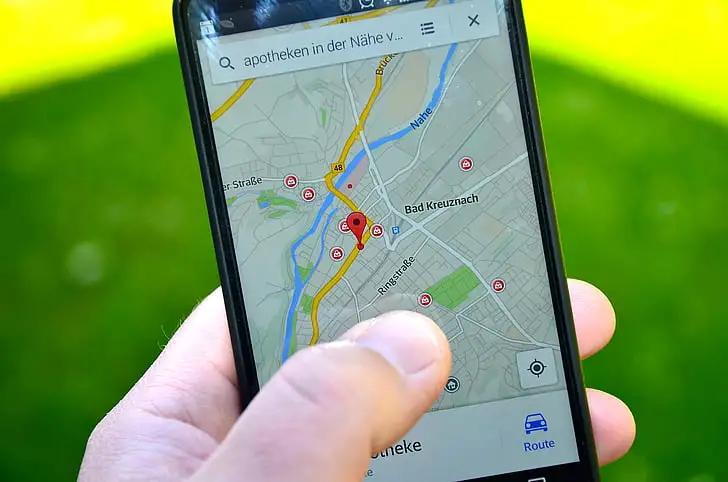
Utilizing Google Maps to skip path tolls is a straightforward procedure that may be performed with just a few taps for your phone. Here’s a step-by using-step manual to activating the “avoid tolls” characteristic:
- After inputting your destination, tap the three-dot menu button in the top right corner of the screen.
- Select “Options” from the menu.
- Check the box next to “Avoid tolls.”
- Tap the X to return to your directions.
Once activated, Google Maps will mechanically recalculate your course to avoid toll roads and stations, imparting you with a toll-free journey from begin to complete.
Additional Tips for Maximizing Cost Savings
In addition to the use of Google Maps, drivers can similarly optimize their routes and keep money by way of utilizing apps like Routora. Routora gives more desirable route optimization capabilities and may assist drivers locate the most efficient and value-powerful paths to their locations. However, it is critical to prioritize protection while the usage of navigation apps, closing vigilant and alert at the same time as using.
FAQs
Q1. How does Google Maps skip tolls?
A1. Google Maps analyzes site visitors statistics and shows alternative routes that avoid toll roads based totally on present day situations and user possibilities.
Q2. Can I believe Google Maps for correct toll records?
A2. While Google Maps strives to offer correct navigation information, occasional inaccuracies may also arise due to previous street situations or incorrect toll statistics.
Q3. Are there any additional costs for using toll-free routes on Google Maps?
A3. No, Google Maps is a loose navigation app, and there aren’t any extra fees for the use of toll-unfastened routes counseled by the app.
Q4. Does Google Maps provide toll-free routes in all areas?
A4. Google Maps gives toll-unfastened direction suggestions in many areas, however availability can also range depending on nearby infrastructure and road networks.
Q5. How can I record toll inaccuracies on Google Maps?
A5. Users can record toll inaccuracies or different navigation troubles without delay inside the Google Maps app, permitting the group to address and correct the trouble directly.
Conclusion
Bypassing direction tolls with Google Maps is a easy but effective manner to save cash on any drive. By heading off toll roads and stations, drivers can lessen their transportation costs even as enjoying a more price range-pleasant travel revel in. With the convenience of Google Maps and the extra features of apps like Routora, drivers have get admission to to powerful gear for optimizing their routes and maximizing price financial savings on the road.
Waze vs. Google Maps in 2024: Which Should You Use?

History and Development of Waze
Originally developed by means of Waze Mobile in 2006, Waze gained popularity for its community-pushed approach to navigation. Google’s acquisition in 2013 reinforced its accuracy and reliability, making it a powerful competitor in the navigation space.
Key Features and Benefits
1. Crowd-sourced Traffic and Accident Reports
Waze’s real-time site visitors and coincidence reviews, contributed by means of customers, offer exceptional accuracy and immediacy. This records lets in for dynamic routing, making sure customers avoid site visitors jams and arrive at their destinations correctly.
2. Route Optimization
Waze excels in route optimization, constantly recalculating routes based totally on actual-time information to offer the quickest direction viable. Its reliance on neighborhood, user-said information gives it an facet in navigating thru congested regions and sudden roadblocks.
3. Pace-of-play Feature
By combining crowd-sourced visitors information with ancient tendencies, Waze gives users with accurate estimations of arrival times, such as capability delays. This degree of element is vital for customers who prioritize punctuality.
4. Integration with Spotify
Waze’s integration with Spotify allows for seamless manipulate of song playback in the app, enhancing the overall driving revel in. This feature appeals to track-loving drivers who fee comfort and amusement on the street.
Drawbacks
Waze’s want for steady internet connectivity may also pose demanding situations in regions with terrible signal, and its cluttered consumer interface has been criticized for being distracting. Additionally, the app’s battery consumption and reliance on person-reported records can impact its reliability in much less-populated areas.
Google Maps vs. Waze – A Comparative Analysis
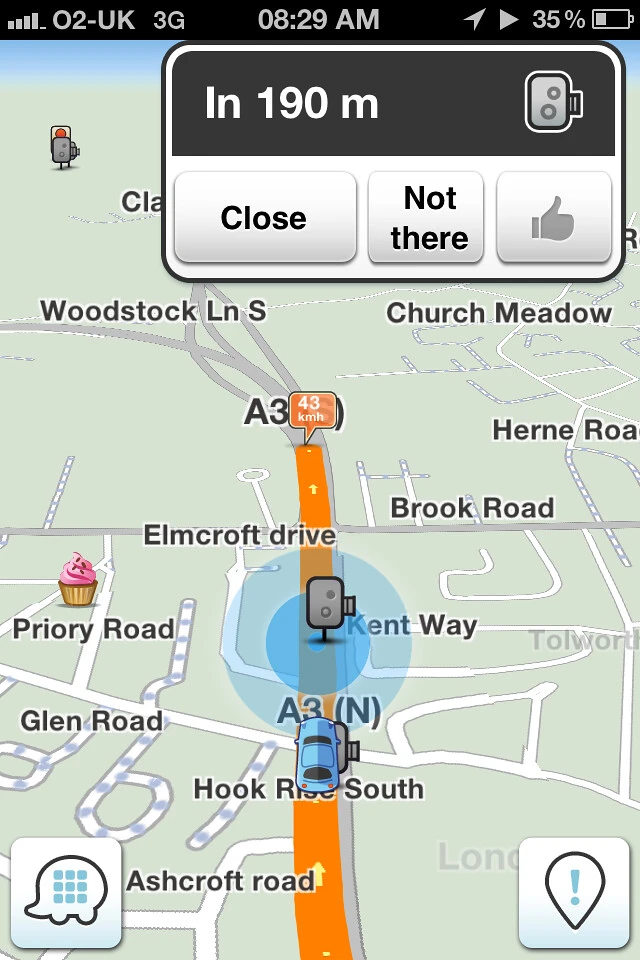
1. Comparison of Key Features
While both Google Maps and Waze offer flip-by-flip navigation and site visitors updates, Waze’s crowd-sourced records sets it apart in phrases of real-time accuracy. However, Google Maps excels in providing certain maps, offline functionality, and integration with other Google offerings.
2. User Interface Comparison
Google Maps boasts a easy, user-pleasant interface, while Waze’s dynamic layout caters to users who prioritize actual-time updates and network interplay. The desire between the two in the long run boils down to individual preferences and navigational needs.
3. Navigational Accuracy Comparison
Google Maps’ complete mapping information gives accurate distance and time estimates, at the same time as Waze’s reliance on person-mentioned statistics guarantees dynamic rerouting and up-to-minute traffic updates. Both approaches have their deserves, catering to one of a kind consumer preferences.
Which Should You Use?
The decision among Google Maps and Waze hinges to your priorities as a person. If you cost accuracy, simplicity, and seamless integration with different Google services, Google Maps can be the higher choice. On the alternative hand, if actual-time updates, dynamic rerouting, and network interplay are paramount, Waze will be the ideal associate in your travels.
Conclusions
Both Google Maps and Waze offer unique capabilities that cater to various navigational needs. While Google Maps excels in imparting complete maps and seamless integration, Waze sticks out with its real-time, network-driven technique to navigation. Ultimately, the selection between the two relies upon on your personal preferences and the particular needs of your journeys.
